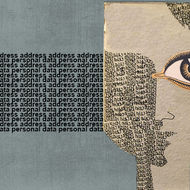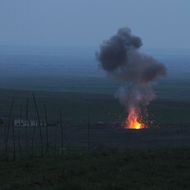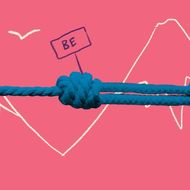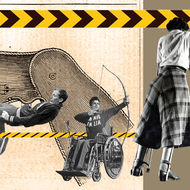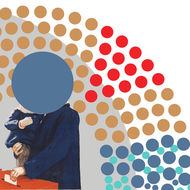Search articles
Search results for
A Country That Changed Hands: A Conversation About Us and Us
By Lusine Hovhannesyan
Lusine Hovhannisyan was a witness and participant in the Karabakh Movement. Thirty years later, she had the chance to meet with someone who was on the opposite side of the barricades - a Soviet official who had tried to infiltrate the ranks of the demonstrators.
A Country Where the Word Privacy Does Not Exist
By Samvel Martirosyan
Is Armenian society concerned about privacy or the protection of personal data? Samvel Martirosyan is doubtful.
A Coward’s Mother Does Not Weep
By Nerses Kopalyan
Toxic masculinity is not only an attack on femininity, it is also an attack on manliness, on the cultural precepts of Armenian society and it is an assault of ontological proportions, writes Nerses Kopalyan.
A Crime Against Humanity, History and Memory
By Maria Titizian
After a decades-long struggle by the Armenian-American community, the U.S. House of Representatives officially recognized the Armenian Genocide of 1915. Maria Titizian writes about the significance of this resolution for her and all Armenians, despite the motivations behind the vote.
A Deepening Sense of Insecurity
By Vahram Ter-Matevosyan
Vahram Ter-Matevosyan writes that it is difficult to measure just how much the average Armenian was satisfied with the explanations the government provided about the scope of casualties and destruction during the April escalation. While the government was quick to praise the heroes of the war, it failed to punish those whose task it was to ensure the army was free of corruption allegations.
A Defining Moment for the Armenian Diaspora? Some Preliminary Reflections
By Sossie Kasbarian
The 2020 Artsakh War was perceived and experienced in Armenia as well as in the diaspora as an existential crisis. Kasbarian argues that the recent nation-wide mobilization made this moment a transformative one.
A Hidden Minority: Children With Disabilities in Armenia
By Kristen Anais Bayrakdarian
“There are no invalids in the USSR!” This much heard expression exemplifies how people with disabilities were stigmatized in the Soviet Union. How pervasive is the exclusion of people with disabilities in post-Soviet Armenia? Anais Bayrakdarian talks to experts working in the field and writes that the true measure of any society can be found in how it treats its most vulnerable.
A History of Armenian Political Party Splits and Alliances
By Harout Manougian
Harout Manougian presents a comprehensive overview of the different alliances and government coalitions in parliamentary elections since Armenia’s independence in 1991.
A Home to War
By Eric Grigorian , Roubina Margossian
These powerful images capture fragments of life in Artsakh, a place that is boundlessly resilient yet has too often become a home to war.
A Man’s World? Gender Stereotypes and Underrepresentation of Women in Textbooks
By Gayane Ghazaryan
A close examination of Armenian public school textbooks reveals persistent gender bias and stereotyping at almost all grade levels.



